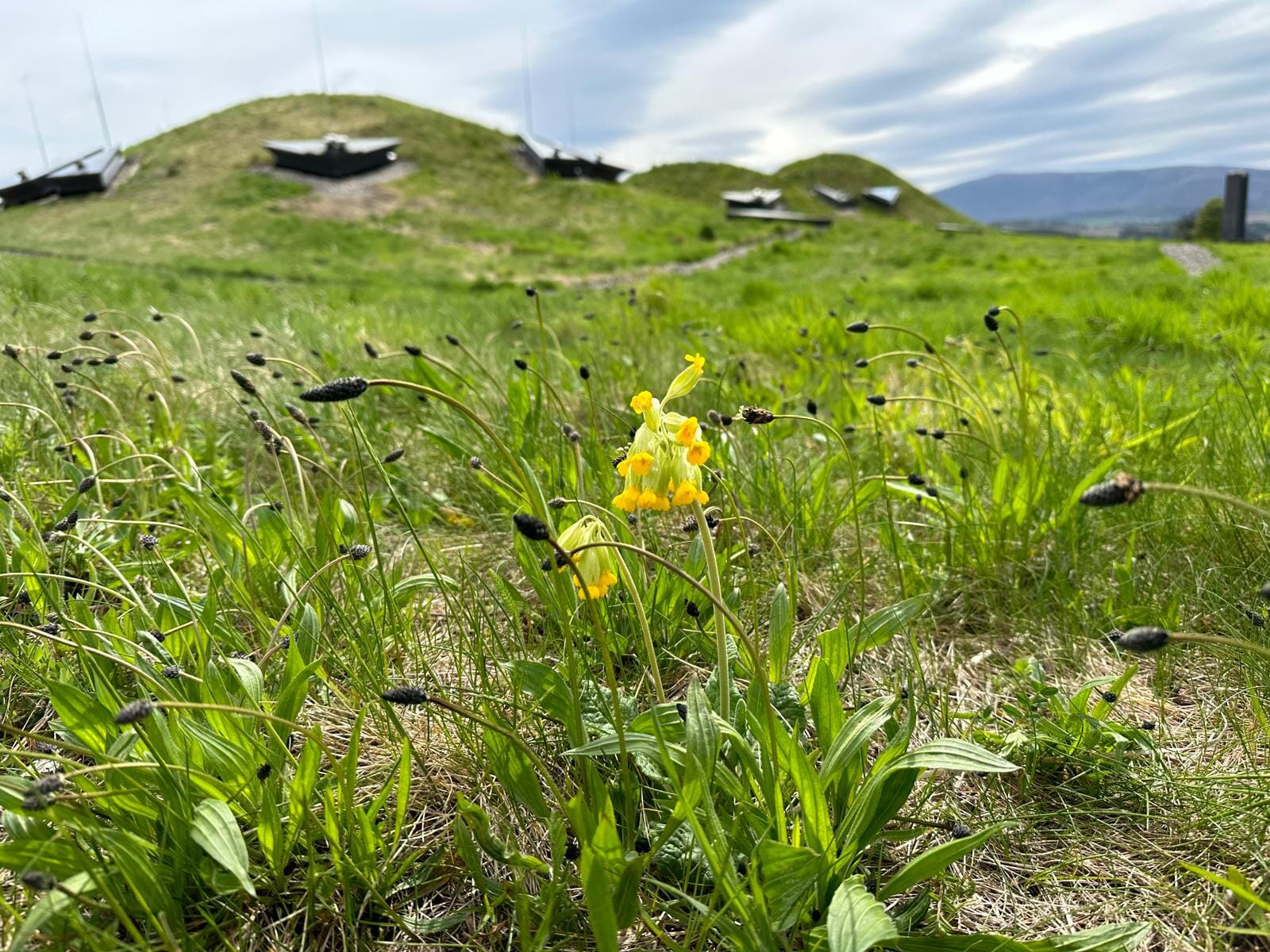Green roofs - what?
Environmentally friendly, wildlife-friendly, attractive and sustainable. That’s what. Sky Garden aims to tick all of those boxes right from the original consultation, through to design, installation and maintenance.
Leading in our field (excuse the pun), we work on modern, attractive projects that are kind to the world around us. You could be an environmentally conscious business owner or simply someone who is keen to be green- we welcome everyone.
How do green roofs work?
This is the science-y bit. Non geeks, look away now. It’s pretty simple really.
A drainage board is laid (nature’s bed rock) followed by a growing medium (soil, in short), which is tailored to your choice of vegetation. That could be wildflower, for those who want a beautifully colourful finish, or a sedum roof, for an instant green dream, right above your head.
All our vegetation is grown and maintained in our very own nurseries, using regionally sourced materials, ready to adorn and embellish roofs all over the country.
Why opt for a green roof?
- We work closely with Biodiversity Action Plans (BAPs) to tailor our roofs to the needs to endangered wildlife. That way, we ensure local wildlife have a tranquil habitat to enjoy (and you have a magnificent roof!)
- Our roofs aren’t just to be admired- why not create a space to chill out and relax in those warm summer months? This is hugely beneficial to those with smaller spaces- you could create somewhere for friends and family to come when the weather is too lovely for you to be indoors. Not to mention the value it could add to your property.
- Especially in the Cotswolds, a landscape so beautiful must be preserved. A green roof will ensure the stunning setting in which we live is only added to.
- The run-off of water that a green roof provides can help in preventing flooding that the UK so often suffers with. Unlike its counterparts- slate and concrete, a green roof reduces the amount of rainwater run-off, helping us to stay dry and safe.
- A green roof can also absorb noise pollution by up to 8db- something a standard roof cannot. This is most useful in built-up areas with high noise pollution.
Why Sky Garden?
We’re a team that knows our stuff. Ecologists, botanists, hydrologists… you name it, we know it. Which is why we’re the UK’s leading
experts in green roofing, and we pride ourselves on delivering exceptional service and the highest quality of installation there is. We only use regionally sourced materials, which we grow and nurture ourselves, and we care.
In a world full of pollution, we aim to provide a sanctuary for wildlife, and beautiful spaces for all to enjoy.














